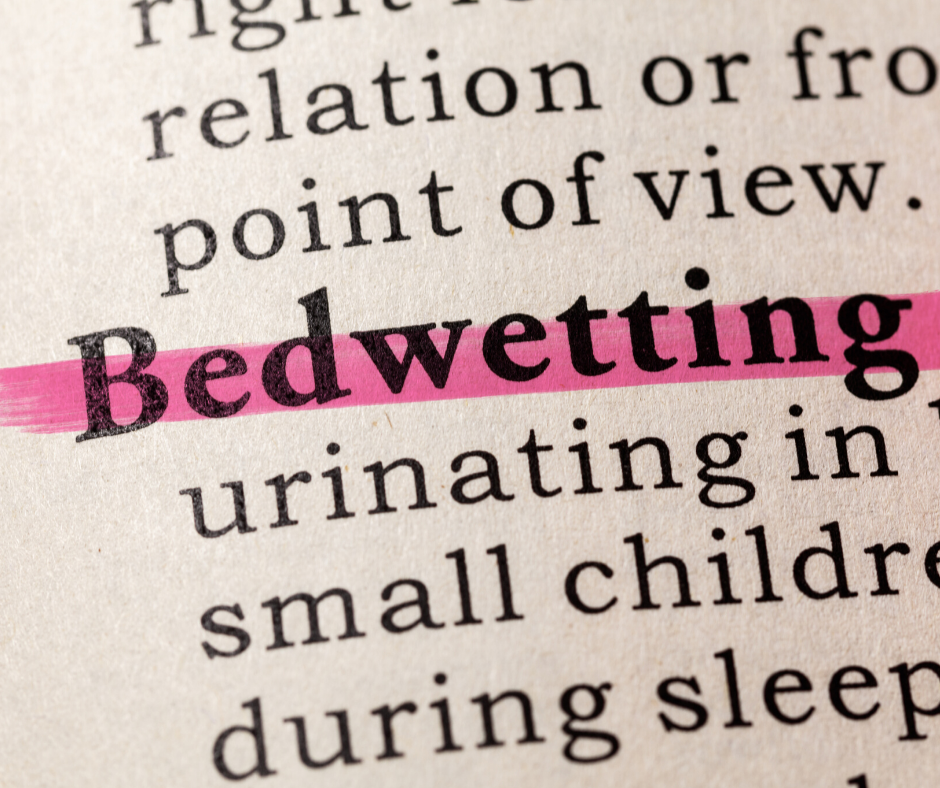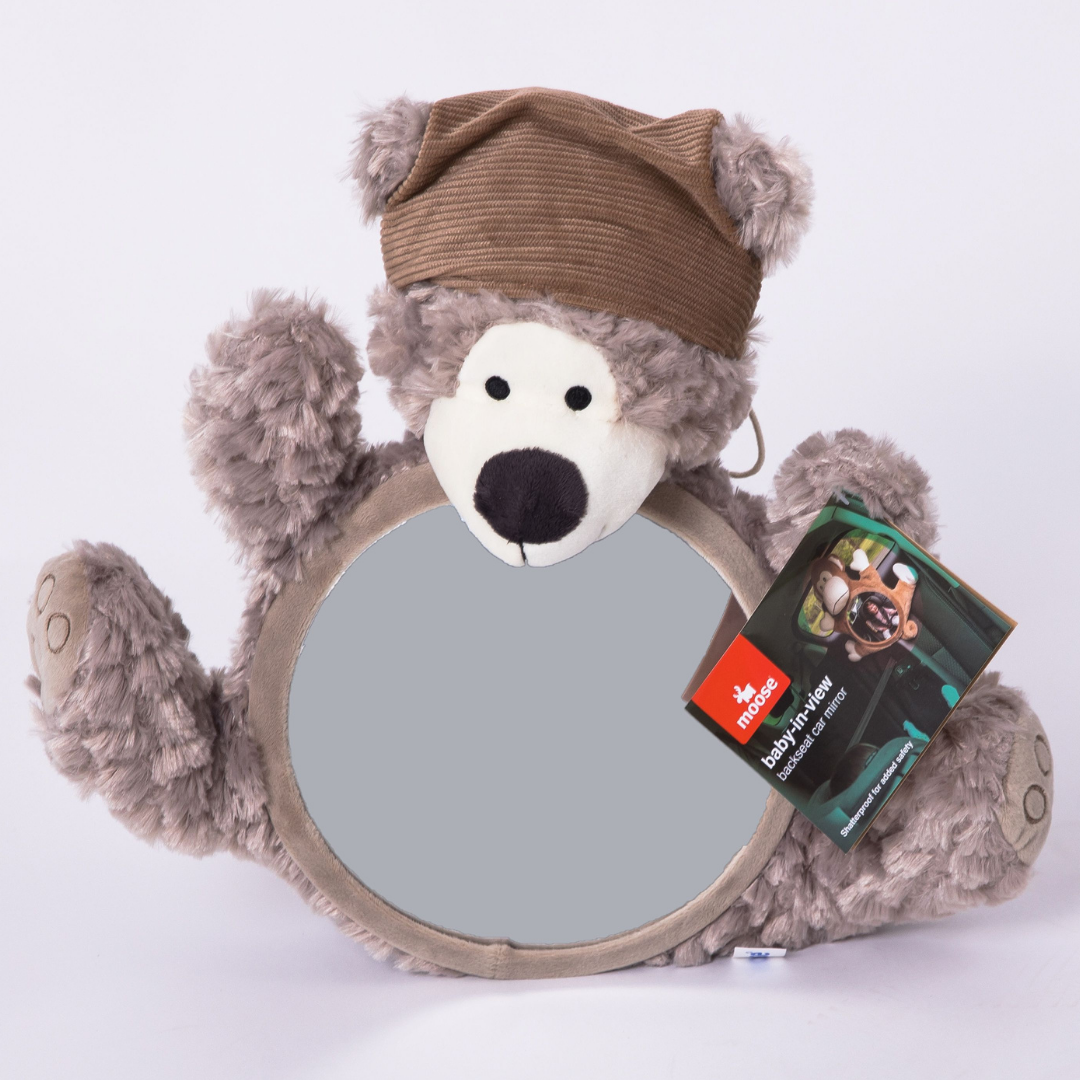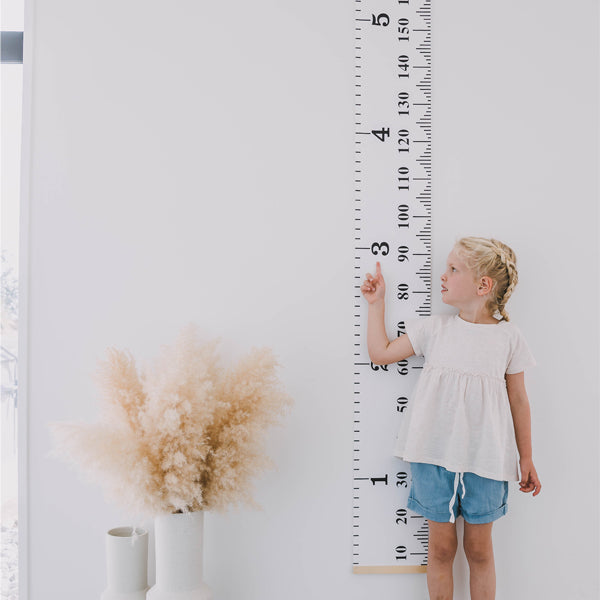With most areas of parenting there are plenty of opinions and information regarding almost every topic. Google ‘bedwetting help’ and you’ll find a fair amount of conflicting advice.
For those parents trying to help their child become dry at night we’ve taken a good a look at the idea of ‘waking and taking’ your child to the toilet each night in the hope he will learn to stop wetting the bed. But what are you really achieving by doing this? Here’s what we’ve learnt from the experts.
With some children, this method does provide dry nights but your child doesn't actually learn anything from this. It is probable that your child is emptying his bladder before it’s full, making it difficult to learn the appropriate response to the full-bladder signal. More often than not, children have no memory of being woken and taken to the toilet, even though they may look awake.
Waking and taking your child to the toilet at the same time each night may make his bladder used to being emptied at that specific time, rather than holding it until morning. Because your child learns nothing by this method, he will likely wet on nights you can’t take him or you forget.
Just as you may have to get up at different times each night to visit the toilet, or some nights not at all, your child's bladder needs to be emptied at various times too. You have no way of knowing exactly when your child needs to use the toilet because this differs each night. Waking him and taking him may fit in with your schedule but not his.
You may consider trying the ‘waking and taking’ strategy for a couple of weeks, or every second night and then see if your child stays dry on the nights you don't walk him to the toilet. If he can stay dry on his own, then that’s great.
If, however, you don't see improvement on the nights you don't wake him, this strategy most likely won't work. Waking and taking him for months or years will not allow him to make that important ‘brain-bladder connection’ so he can wake on his own to a full bladder that’s needs emptying.
If your child is 5 or 6 and still wetting on the nights you don’t take him to the toilet you may want to consider a different approach based on helping him make the connection between his bladder and brain. A bedwetting alarm is the most commonly used technique to help make that connection. When your child’s bladder is full and he begins to wet, the alarm sounds and wakes him. This consistent approach conditions him to recognise the feeling that comes before he needs to wake up to use the toilet. Then he can stay dry at night without any help from you.








